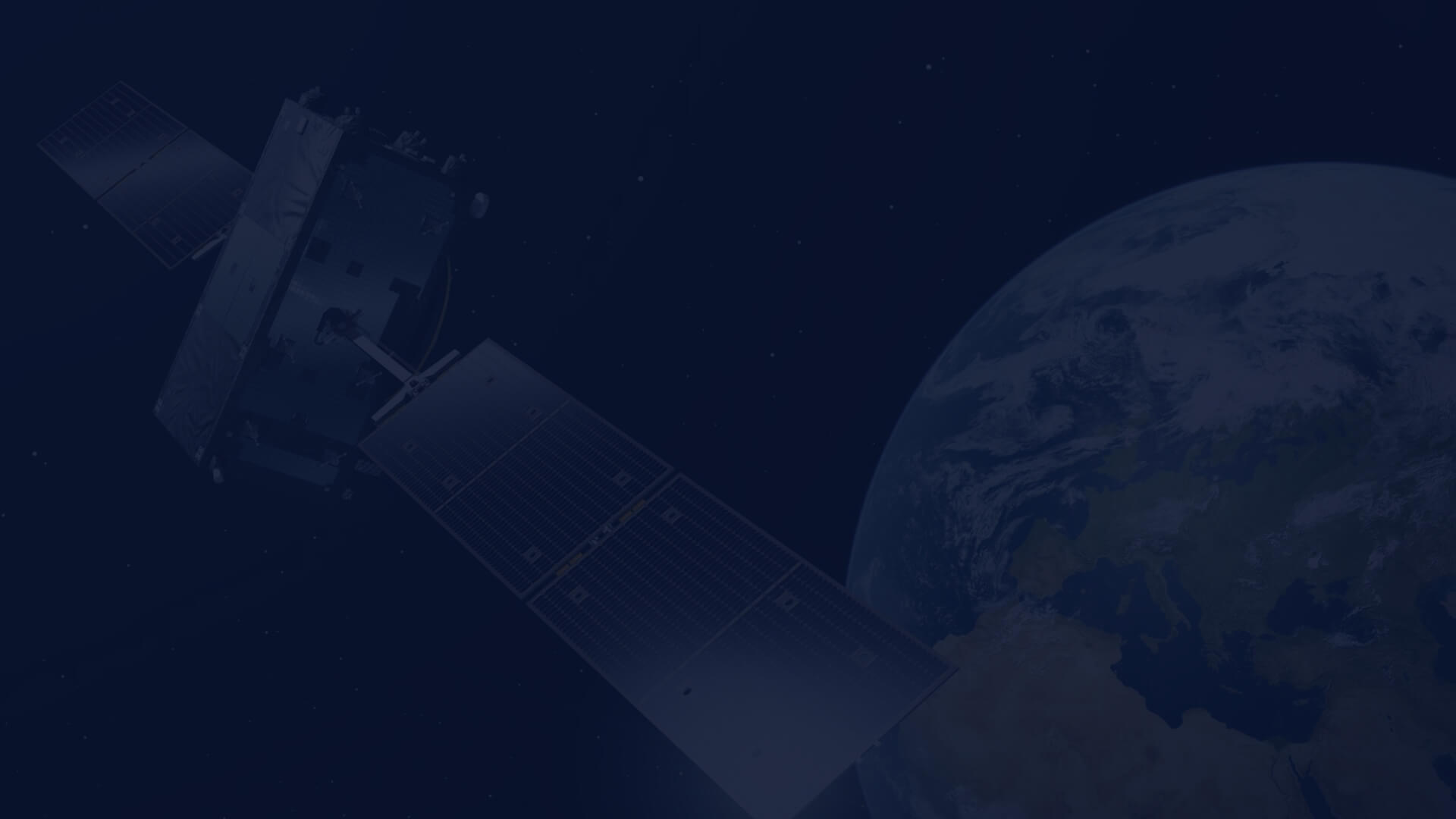Monitoring droughts with Earth observation data
According to the European Centre for Medium-Range Weather Forecasts (ECMWF) and the Copernicus Climate Change Service (C3S), July 2023 has set a new record as the warmest month ever recorded globally, with an average temperature of 16.95 degrees Celsius. This temperature surge is attributed to massive heatwaves that affected Europe, Asia, and North America. Remarkably, this global monthly average is 1.5 degrees Celsius higher than the established global mean temperature for July during the preindustrial era (1850-1900). As a result, the 29 days spanning from July 2nd to July 31st marked the hottest period humanity has ever experienced.
The impacts of global climate change are already palpable, manifesting through a range of observable issues including continent-wide droughts, sudden and intense floods, accelerated melting of ice coverage, shifts in annual precipitation patterns, and numerous others. To make these analyses of global mean temperatures possible, specialized Earth observation satellites like Copernicus Sentinel and Landsat constellations have played a crucial role.
Though some regions have recently experienced high temperatures along with increased rainfall, several areas across all continents continue to grapple with the emergence of localized droughts. Scientists categorize droughts into four main types:
- meteorological
- agricultural
- hydrological
- hydrogeological.
By utilizing various satellite-based remote sensing techniques and coupling them with direct ground-based measurements, a comprehensive global understanding of the drought issue emerges. Meteorological droughts occur when a period of below-average precipitation persists. Meteorological satellites, such as Meteosat and Metop, enable the forecasting of upcoming weather events and the calculation of temporary atmospheric conditions such as:
- humidity
- ocean and surface temperatures
- wind speed and direction.
These prolonged dry atmospheric conditions, characterized by high temperatures, winds, and low humidity, contribute significantly to the desiccation of the topsoil and subsequent vegetation stress. This transition ushers in agricultural droughts, where the main factors involve deficits in soil water and deviations between actual and potential evapotranspiration.
Over the last six decades, Earth observation techniques have revolutionized our ability to monitor such processes. The following indices related to vegetation and soil moisture have been developed:
- NDVI – Normalized Difference Vegetation Index
- NDWI – Normalized Difference Water Index
- SMI – Soil Moisture Index.

Year-to-year comparison of pre-drought and drought terrain using the NDWI index. Contains Copernicus Sentinel-2 modified data. Villanova de Sau, Spain 17.04.2022 and 07.04.2023.
These indices serve as indicators of vegetation health, drought levels, and soil moisture content. The Copernicus global land service also contributes valuable drought-related products, for example, Soil Water Index, Surface Soil Moisture, Vegetation Condition Index and Burnt Area map, which are available on the Copernicus services website.
Hydrological droughts are characterized by a measurable deficit of water within local or regional watersheds. With global coverage provided by satellite remote sensing, shifts in water levels can be easily detected through optical imaging. Special drought-related indices like MIDI, OVDI, SDCI, and SDI provide additional insights into these changes. For more precise information, scientists utilize techniques like SAR interferometry, which can detect even millimetre water level changes, and neural networks that simplify watershed delineation and its physical characterization assessment.
Deeper water shortages are observed in the form of declining groundwater levels, often stemming from excessive aquifer usage and insufficient infiltration in specific regions. This hydrogeological drought poses substantial threats to water and food security, as well as long-term risks to built environments. Indirect measurements are facilitated through techniques like DinSAR imaging and SAR altimetry, both of which require the characterization of geological mediums. These methods involve measuring vertical ground motion resulting from the expansion and compression of geological strata susceptible to water content, particularly in clays and peat. When combined with ground-based measurements, valuable insights into groundwater level fluctuations emerge, aiding in proactive water scarcity mitigation.
CREODIAS platform offers instant access to satellite imagery with mentioned basic drought indices computable online. When faced with more complex analysis, CREODIAS cloud service proves efficient in processing large Earth observation datasets. Through WEkEO platform, which provides near real-time global environmental data, such as Copernicus and ESA SPOT and Sentinel products, users can see the scale of drought related problems.
In conclusion, the combination of elevated temperatures and decreased precipitation results in the drying of surface soil, depletion of surface waters, and ultimately, a decline in groundwater levels. These issues pose significant hazards to both the environment and human activities. Leveraging satellite imagery and diverse remote sensing methodologies, we can effectively monitor changes in vegetation, hydrography, and more. This comprehensive approach enhances our policy towards future challenges with preserving drought prone areas.
Author: Wojciech Bylica, Warsaw University.

